Species Photo Gallery for Chlorotettix iridescens No Common Name 16 |
 | Photo by: Randy Emmitt
Orange Co.
Comment: uv light - unid_leafhopper | 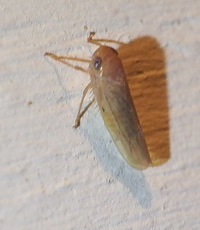 | Photo by: Randy Emmitt
Orange Co.
Comment: uv light - unid_leafhopper |
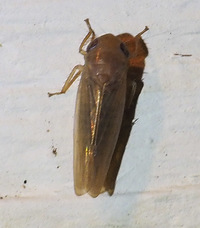 | Photo by: Randy Emmitt
Orange Co.
Comment: highly reflective, hard to get photo without having the wings reflect the light. I might be wrong on the ID? |  | Photo by: Randy Emmitt
Orange Co.
Comment: highly reflective, hard to get photo without having the wings reflect the light. I might be wrong on the ID? |
 | Photo by: Bo Sullivan
Jones Co.
Comment: female |  | Photo by: Bo Sullivan
Jones Co.
Comment: female |
 | Photo by: Bo Sullivan
Jones Co.
Comment: female | 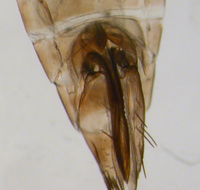 | Photo by: Bo Sullivan
Jones Co.
Comment: female |
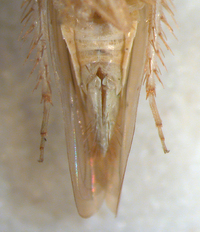 | Photo by: Bo Sullivan
Jones Co.
Comment: female | 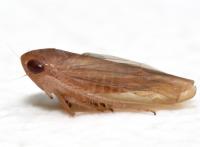 | Photo by: Kyle Kittelberger, Brian Bockhahn
Rockingham Co.
Comment: female |
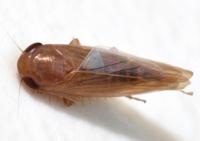 | Photo by: Kyle Kittelberger, Brian Bockhahn
Rockingham Co.
Comment: female |  | Photo by: Kyle Kittelberger, Brian Bockhahn
Rockingham Co.
Comment: female |
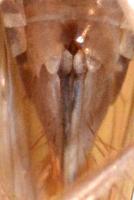 | Photo by: Kyle Kittelberger, Paul Scharf, Brian Bockhahn
Rockingham Co.
Comment: attracted at night with a light; female, 6.9 mm |  | Photo by: Kyle Kittelberger, Paul Scharf, Brian Bockhahn
Rockingham Co.
Comment: attracted at night with a light; female, 6.9 mm |
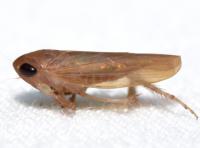 | Photo by: Kyle Kittelberger, Paul Scharf, Brian Bockhahn
Rockingham Co.
Comment: attracted at night with a light; female, 6.9 mm | 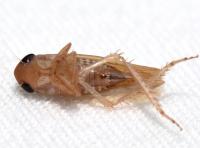 | Photo by: Kyle Kittelberger, Paul Scharf, Brian Bockhahn
Rockingham Co.
Comment: attracted at night with a light; female, 6.9 mm |
|

 »
»
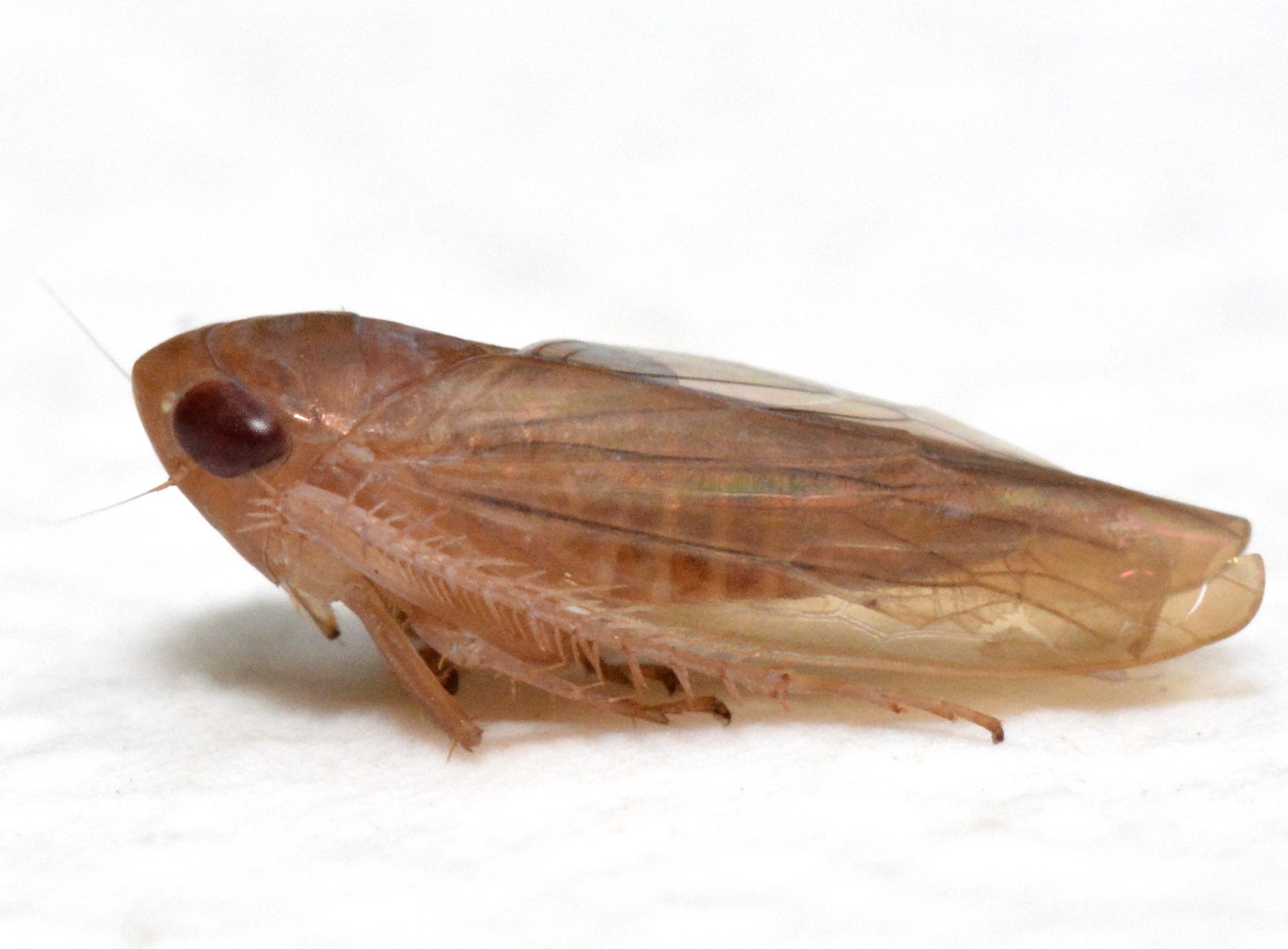
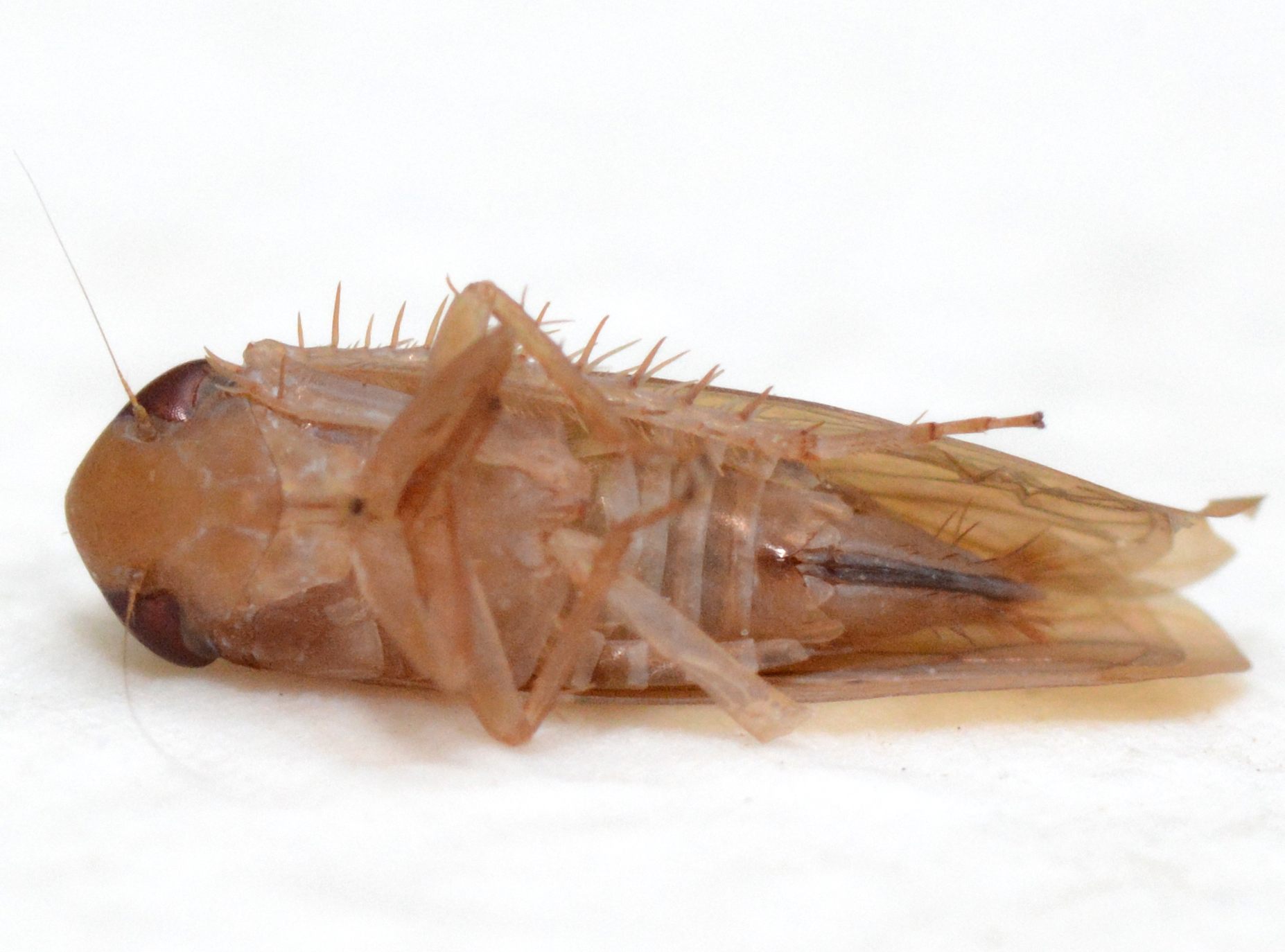
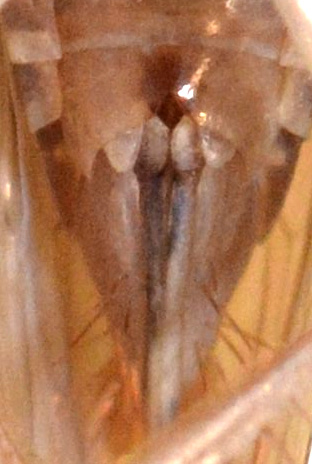

 »
»


